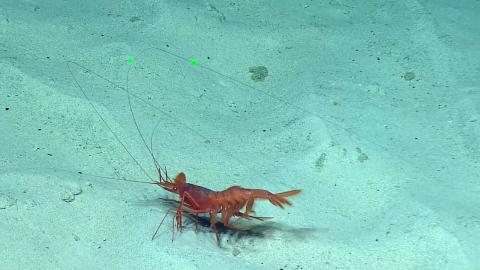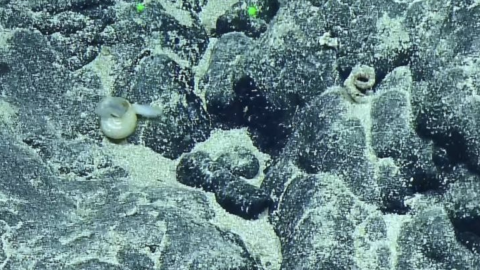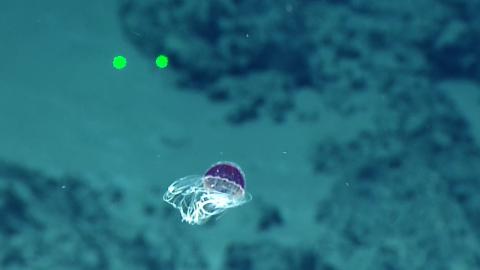Exploring the Depths of Proposed Marine Sanctuary Waters near Johnston Atoll
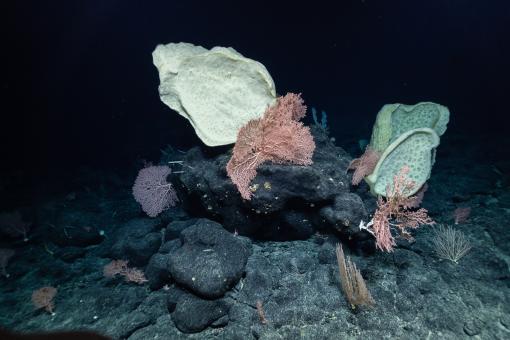
On August 2, we set sail for our return to Johnston Atoll! We're spending 27 days exploring deep-sea environments of ancient seamounts ~800 miles south of Hawaiʻi in the Pacific Remote Islands Marine National Monument (PRIMNM). This region contains some of the most pristine marine ecosystems on Earth, although large seafloor areas remain completely unexplored. This expedition, funded by NOAA Ocean Exploration via the Ocean Exploration Cooperative Institute (OECI), will utilize E/V Nautilus’ remotely operated vehicles (ROVs) and mapping capabilities to survey unexplored deep-sea habitats around Johnston Atoll, diving as deep as 13,000 feet (4,000 meters, 2187 fathoms).
“Despite historic efforts, the area around Johnston Atoll presents us with large knowledge gaps,” says Dr. Steve Auscavitch, Co-Lead Scientist of the expedition. “It's important to know what is there to better manage and conserve these ecosystems in the future.”
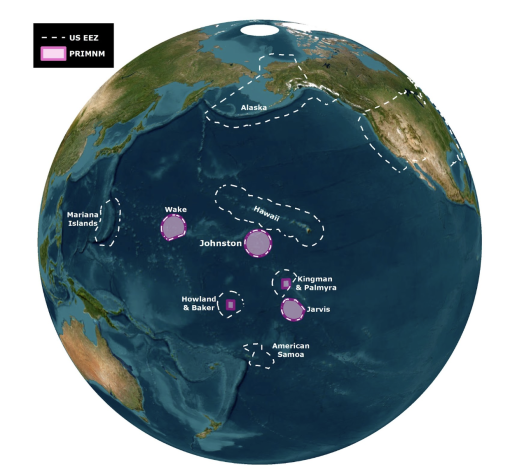
While recent expeditions have increased our baseline knowledge of the deep-water resources of this remote region, large areas remain completely unexplored. Data associated with the region’s deepwater natural and cultural resources are particularly important now, as a monument management plan is under development, and the region is being considered as a new national marine sanctuary. If established, this new sanctuary would augment existing protections for PRIMNM, which host some of the most pristine ecosystems on Earth.
PRIMNM was established in 2009 and later expanded in 2014, encompassing US territories in the Central Pacific, including seven islands and atolls and numerous seamounts, guyots, banks, and ridges across its five units. The Johnston Atoll unit of the monument contains four islands and over 160,000 sq miles of open ocean — an area larger than the state of California.
“We explore the geology of regions like the Johnston Atoll for several reasons,” says Dr. Robert Pockalny, Co-Lead Scientist of the expedition. “At the most basic level, we want to characterize the range of geologic features in this largely unexplored region, including rocks’ morphology, geochemistry, and ages. This data will help us interpret the geologic, tectonic, and volcanic history of the region, which helps us understand the most fundamental processes on Earth.”
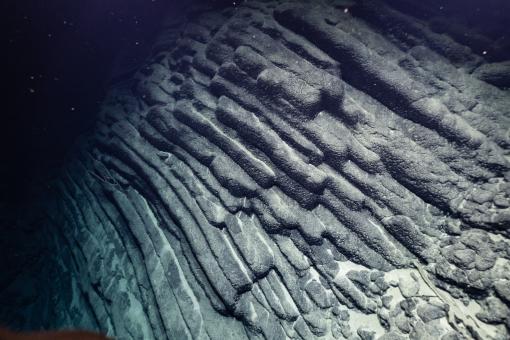
Audiences worldwide can join the expedition from the comfort of their homes! Anyone with an Internet connection can follow the expedition via NautilusLive.org, which provides 24-7 live-streaming of the expedition, in addition to highlight videos, photos and educational content. Schools, camps, and community events are also encouraged to schedule free, live Q&A sessions with explorers on the ship in English or ʻŌlelo Hawaiʻi (Hawaiian language). The expedition sails with a global team of scientists, engineers, educators, and students, including undergraduate students and early career professionals having their first experiences at sea.
"The telepresence capabilities of E/V Nautilus are not just a great tool to transport public audiences to these remote places, but they also allow us to harness the intellectual capacity of scientists from around the world,” says Dwight Coleman, Expedition Leader. “Many of the discoveries of E/V Nautilus are facilitated by scientists that are not physically on the ship but join us remotely via telepresence.”
Last summer Ocean Exploration Trust led a highly successful 23-day expedition to the same region, completing 13 ROV dives at depths ranging from 40 to 3,878 m. Dives explored a wide diversity of habitats and geological features, including the flanks of Johnston Atoll and many offshore seamounts. The team documented high-density and high-diversity animal communities, fossilized whale bones, a fossilized Megalodon shark tooth, and the first Pacific sighting of the six-foot-tall seapen Solumbellula. Hundreds of species were documented, including several potentially undescribed species and range extensions.
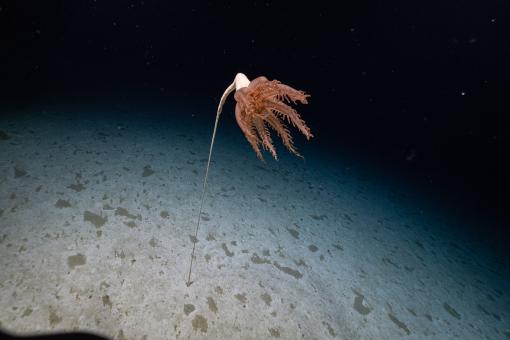
“To date, just over half of all the United States’ underwater territories have been mapped with modern precision; and most areas have not been systematically studied or explored,” says Dr. Aurora Elmore, the Cooperative Institute Manager for NOAA Ocean Exploration. “By working closely with partners like the OECI and OET, we are working to fully explore the deep sea in support of national priorities.”
OET aims to provide a rich foundation of publicly-accessible data to enable follow-on exploration, research, and management activities to better understand and care for the ocean. To this end, all data and samples collected on E/V Nautilus expeditions are submitted to publicly-available repositories.
“Our work does not end when we get back to the dock. The specimens and materials we collect will be housed in repositories, and scientists all over the world can use them to make new discoveries for decades to come,” says Auscavitch.
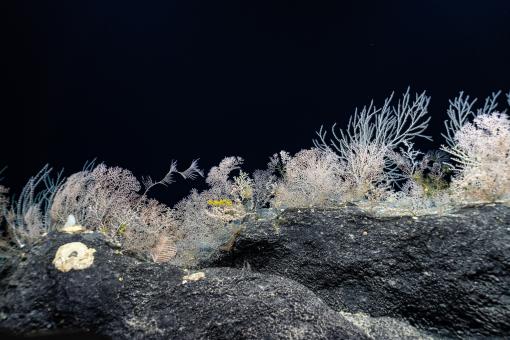
As always the case with OET expeditions, community outreach is a key part of this expedition’s goals. Using the excitement of discovery, OET aims to create a diverse and ocean-literate society with workforce development, STEAM education programs, and public outreach, specifically focusing on engaging historically marginalized groups. This is OET’s fifth expedition of 2023 in the Pacific and 153rd worldwide with the mission to advance scientific knowledge, inform future exploration efforts, and engage a new generation of curious minds eager to learn more about our fascinating underwater world.
This research is being conducted under a Special Use Permit issued by the U.S. Fish and Wildlife Service in consultation with the National Marine Fisheries Service.
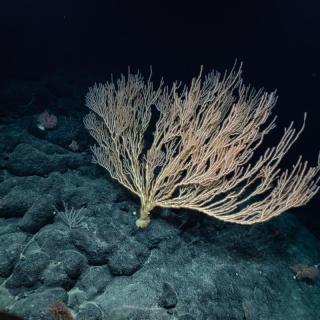
Deep Sea Biodiversity & Ancient Seamount Exploration near Johnston Atoll
In August 2023, we will return to the Central Pacific for 27 days of exploration within the Johnston Atoll Unit of the Pacific Remote Islands Marine National Monument (PRIMNM), starting and ending in Honolulu.
